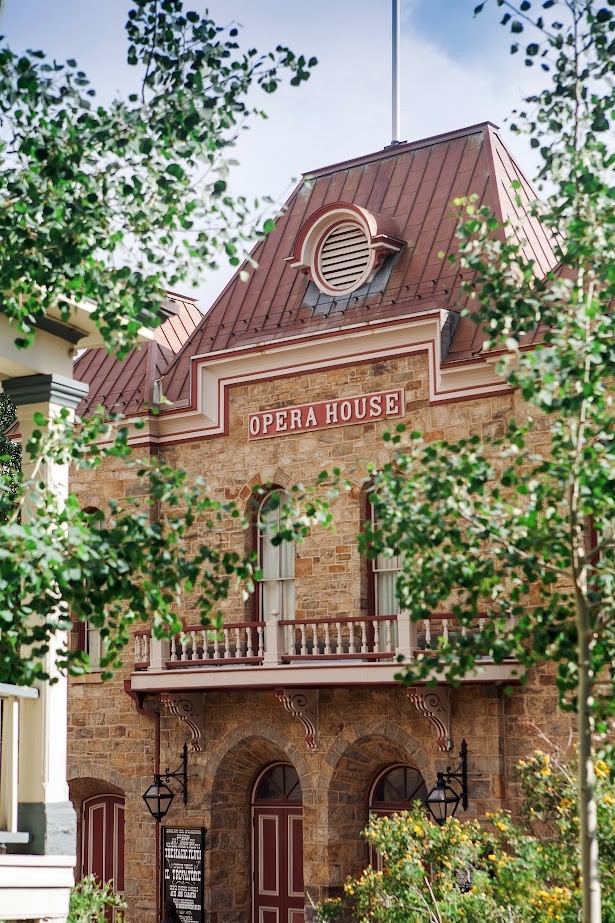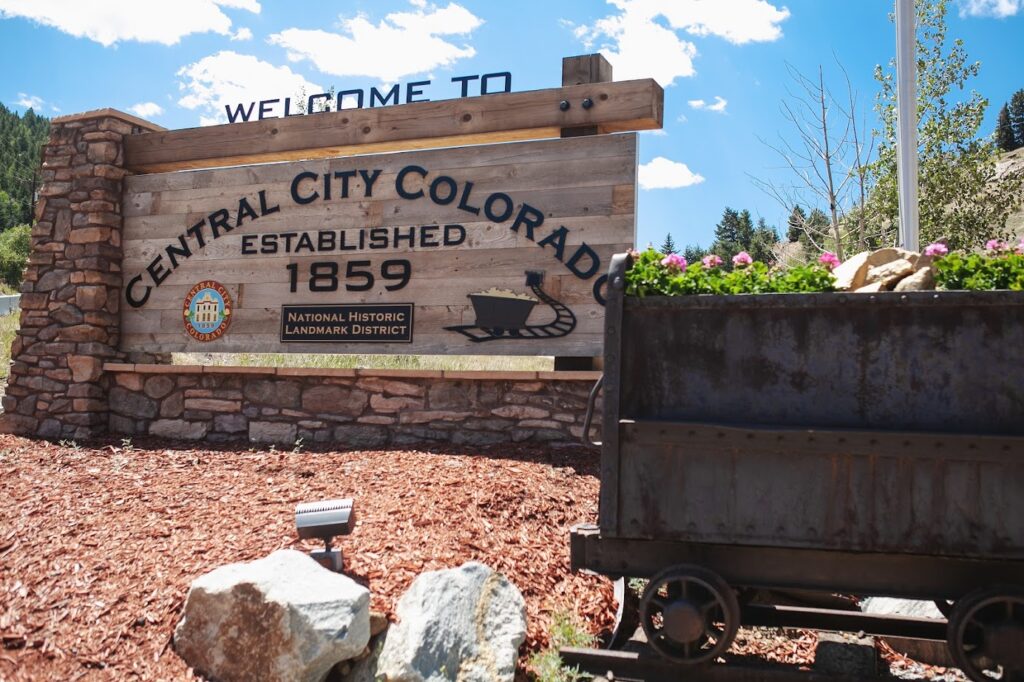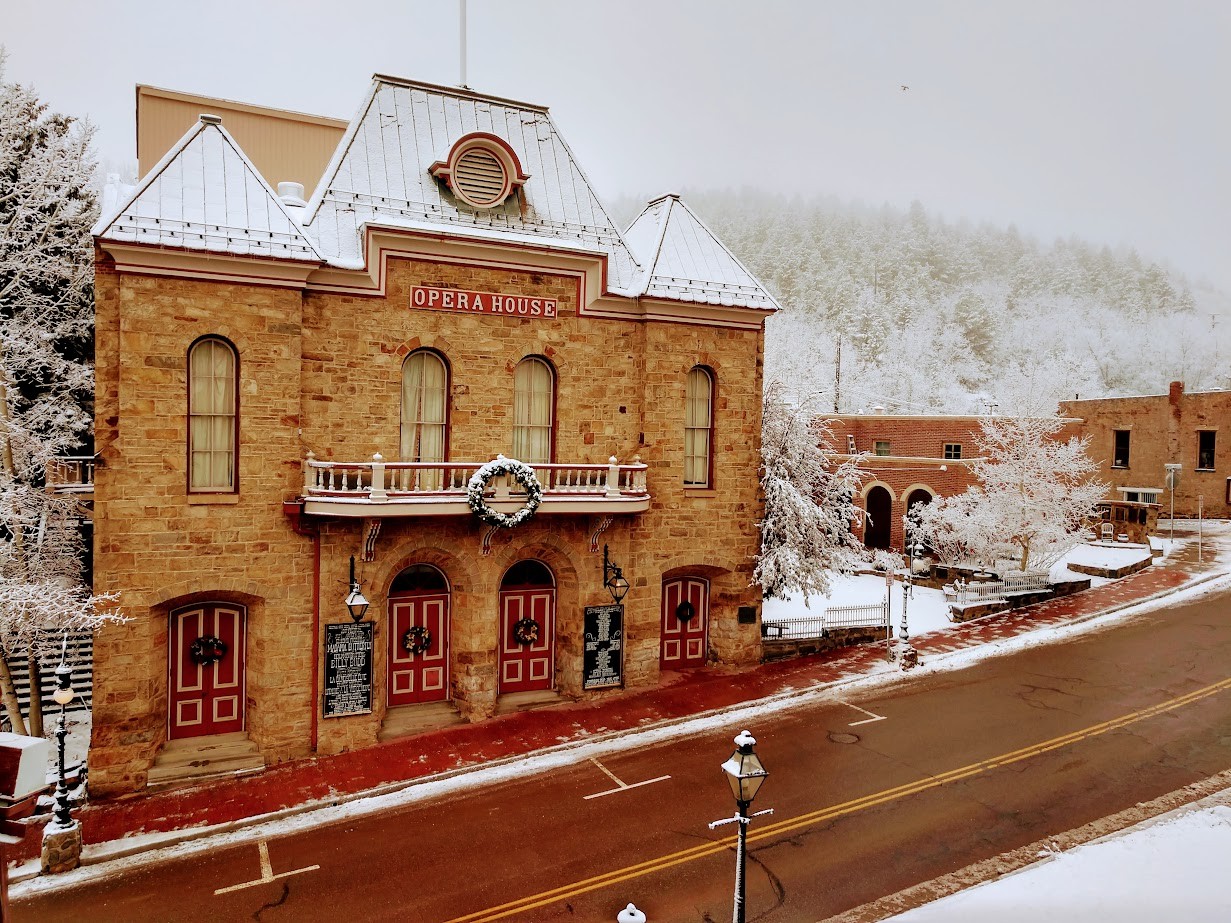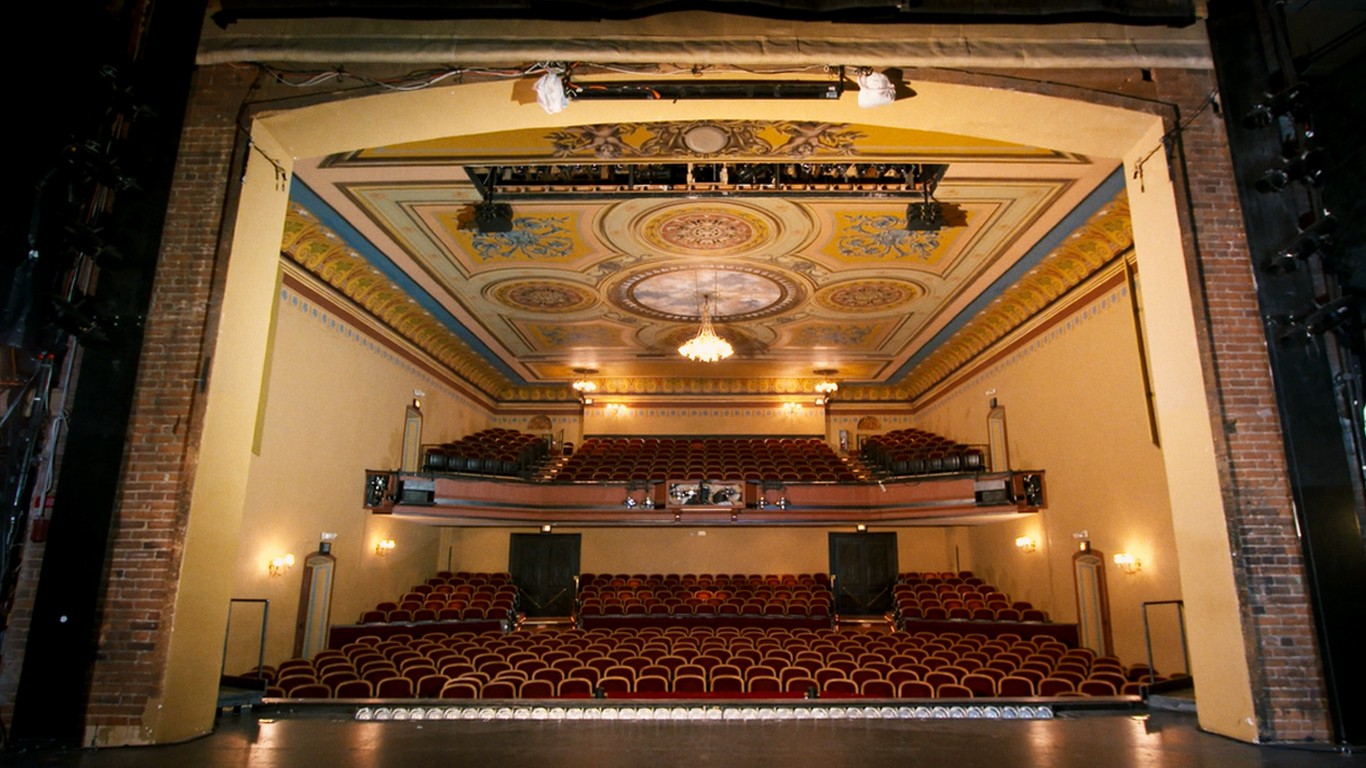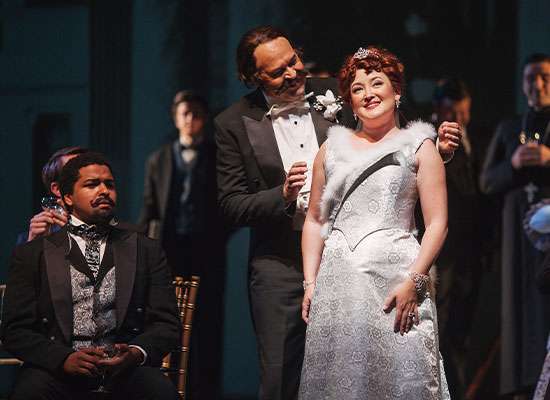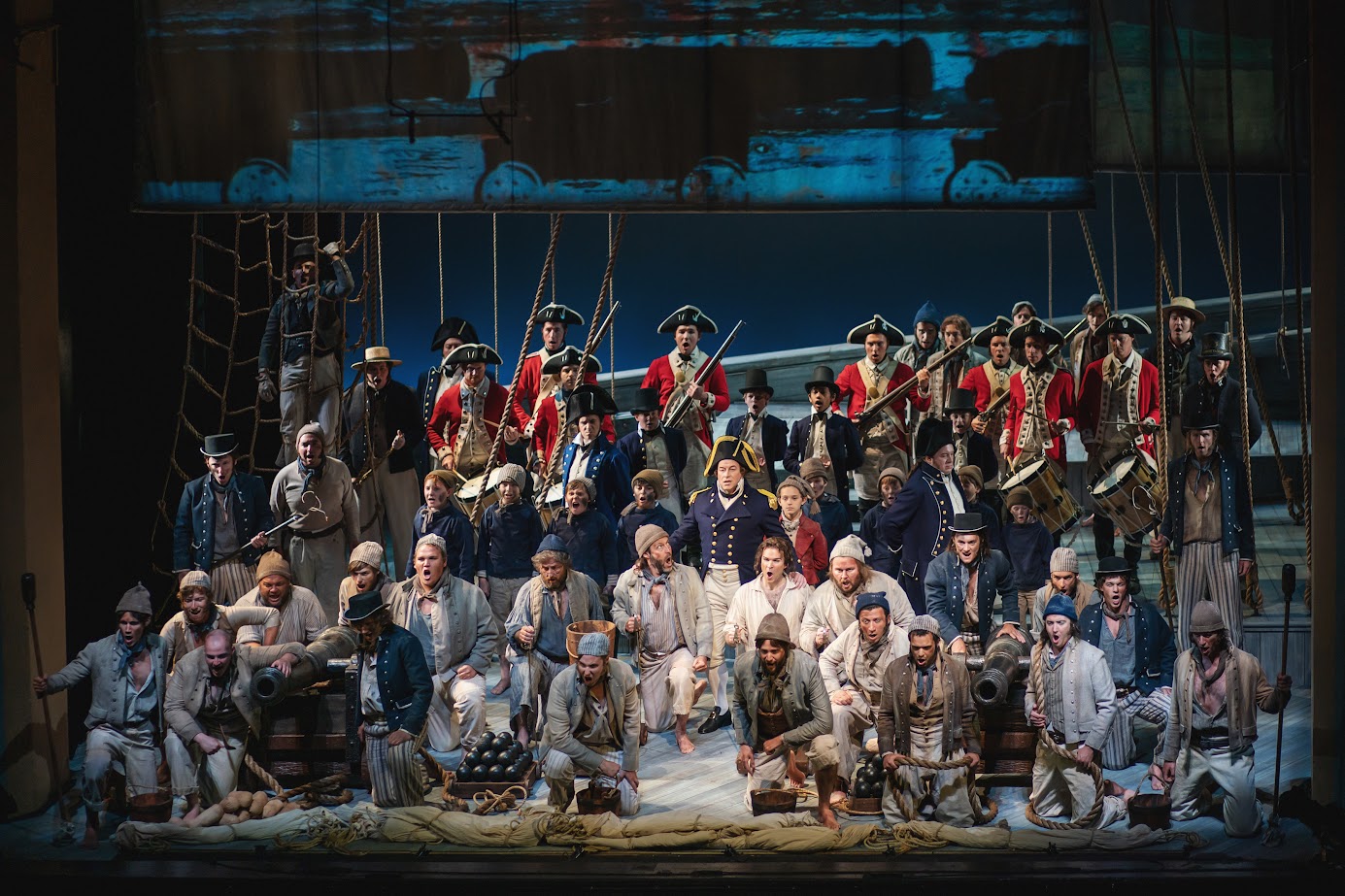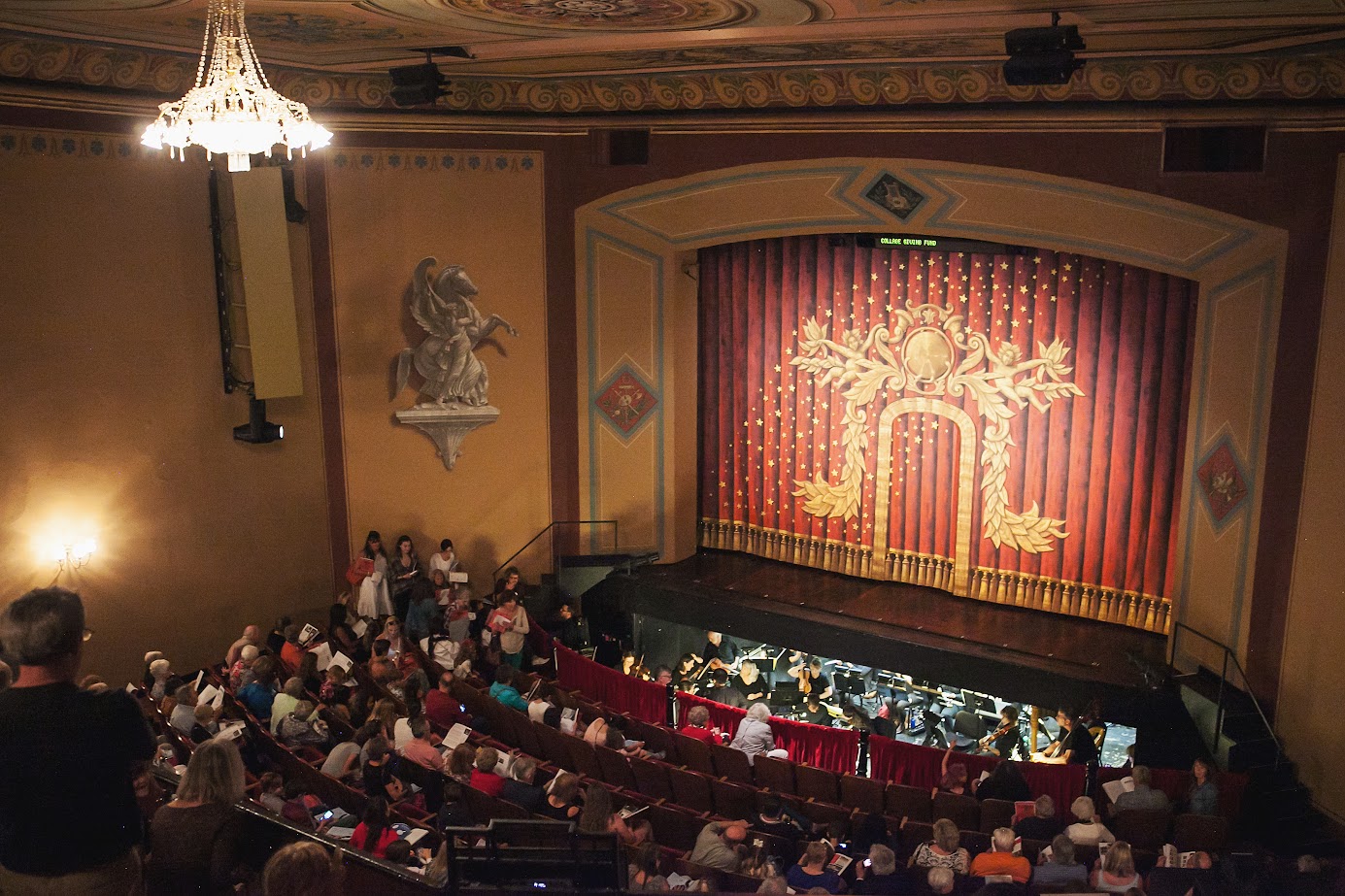Central City Opera is one of Colorado’s cultural treasures. So it’s appropriate that its roots can be traced to a gold strike.
John Gregory found a rich vein of the precious metal near Central City circa 1859, and after the deposits nearest the surface were collected, hard-rock miners from the English county of Cornwall were imported to dig deeper. Many of these workers soon decided they wanted to enjoy the beauty of Central City permanently. But according to Eric Chinn, CCO’s director of historic properties, their wives on the other side of the Atlantic needed some convincing.

